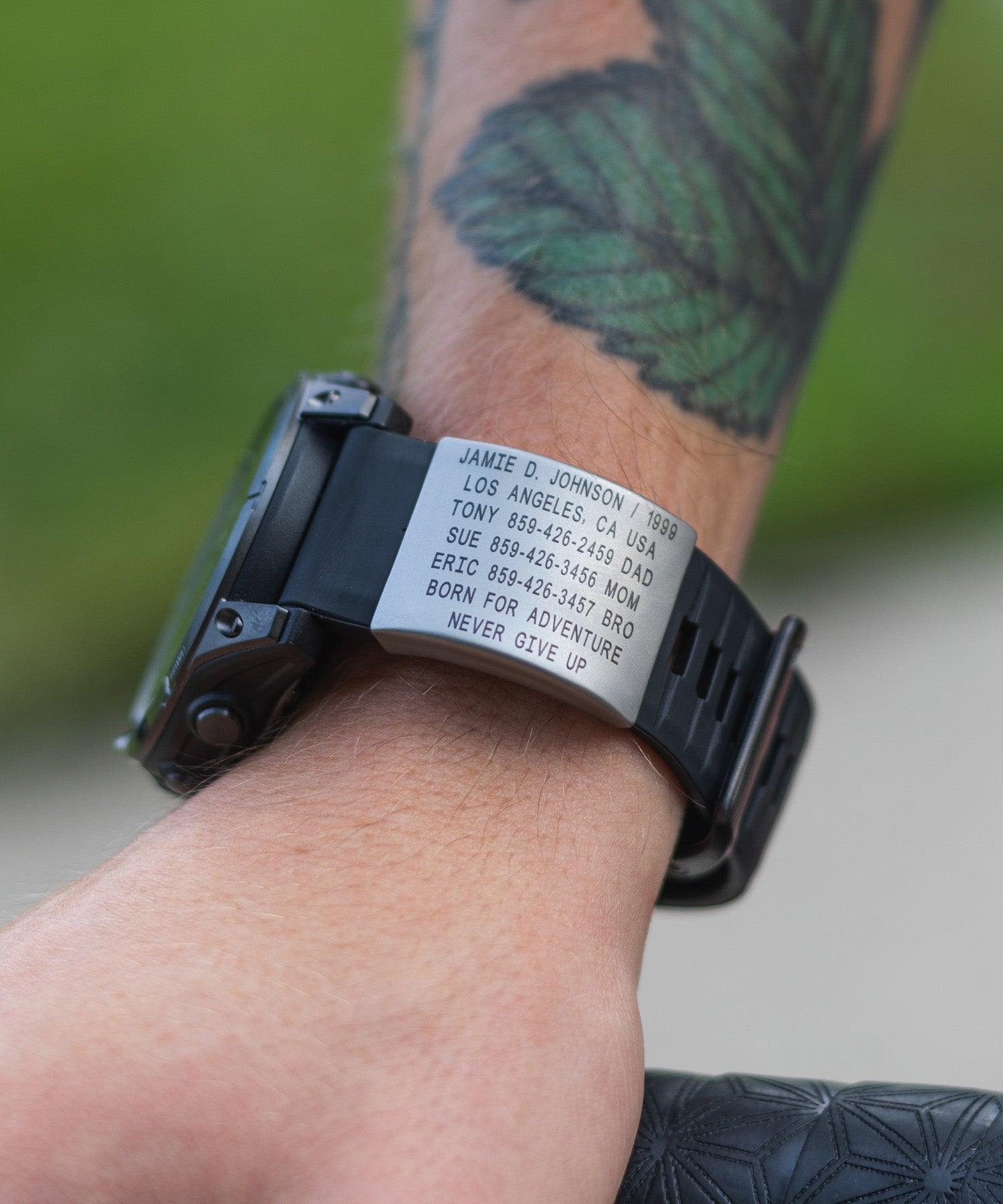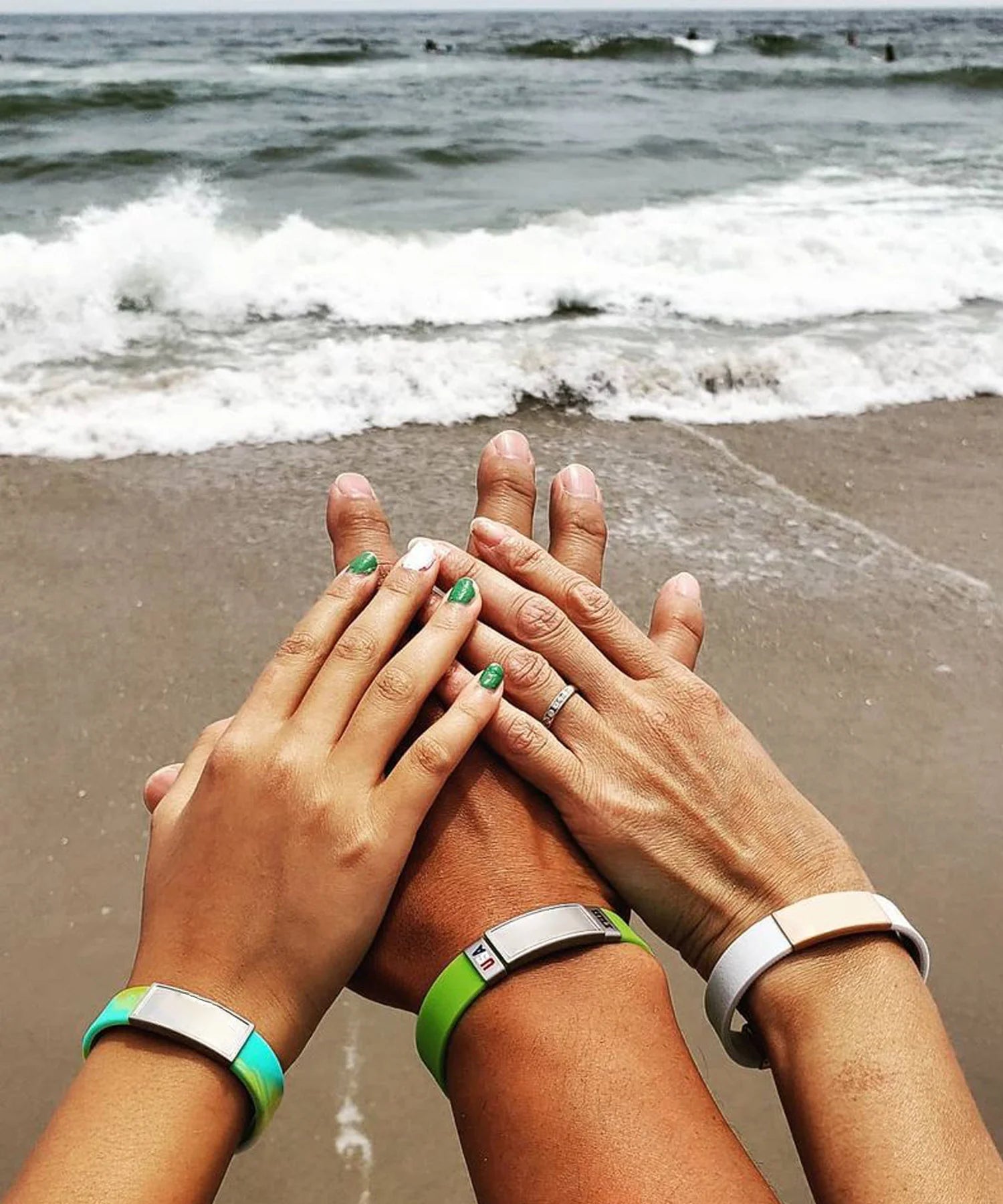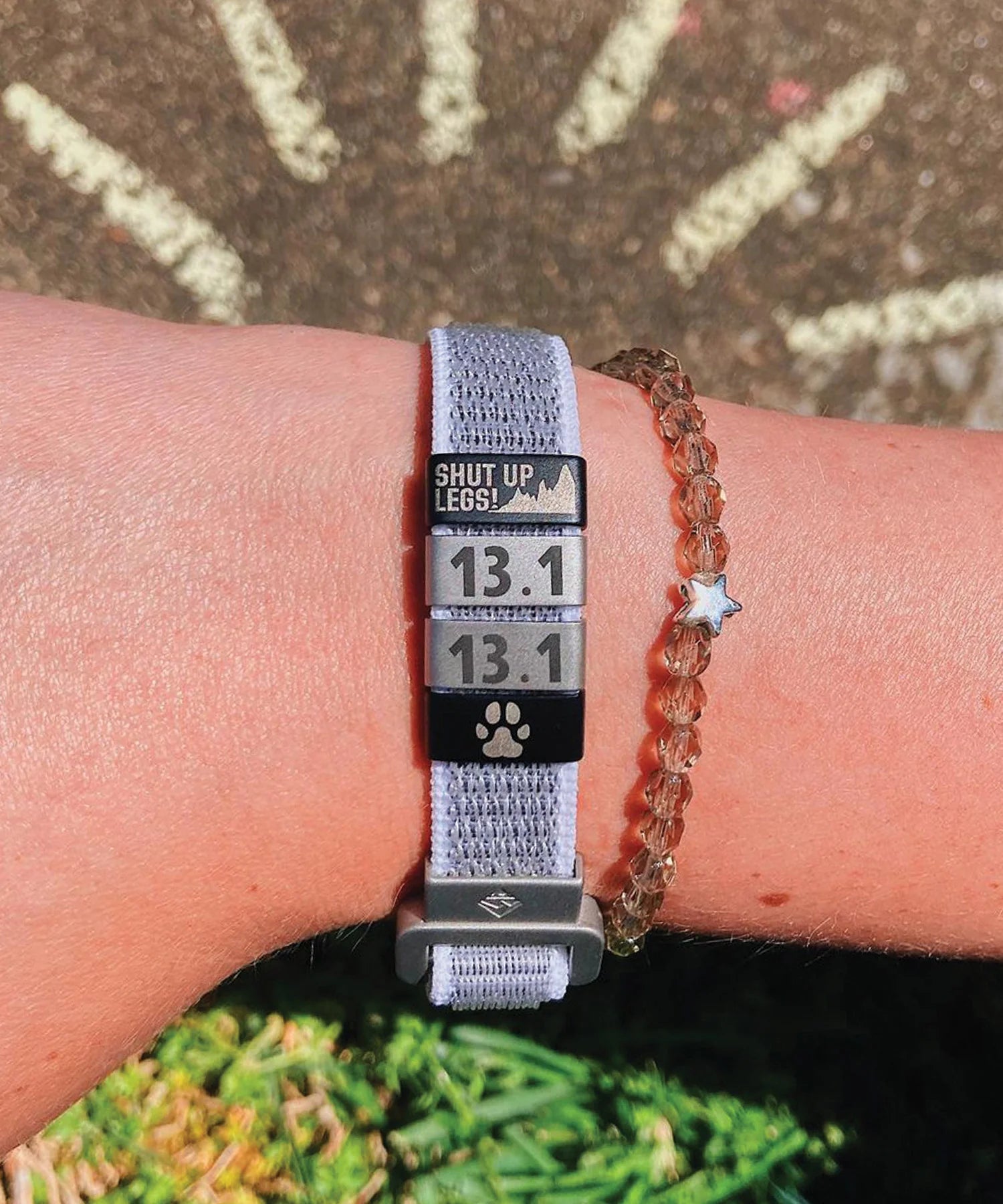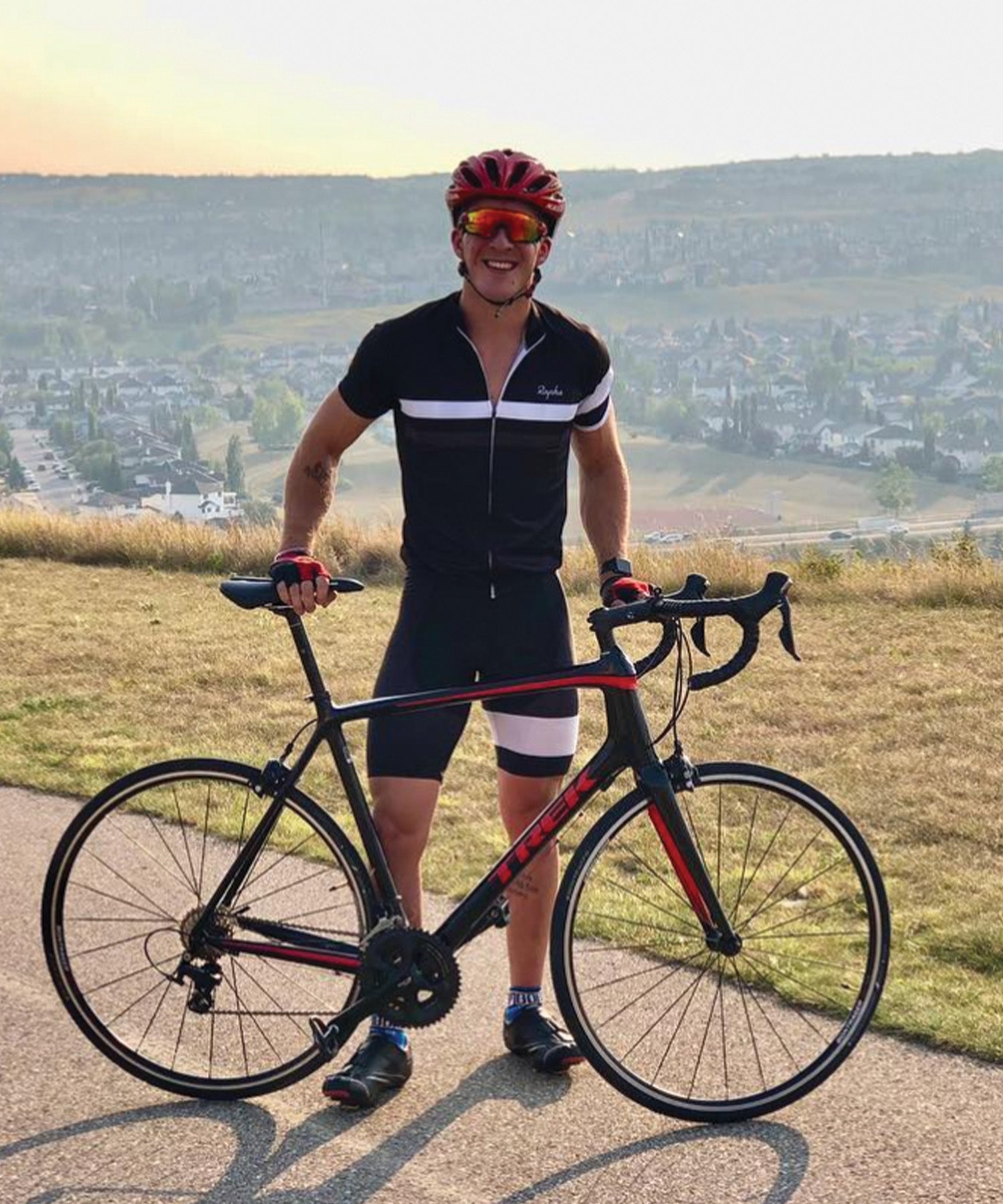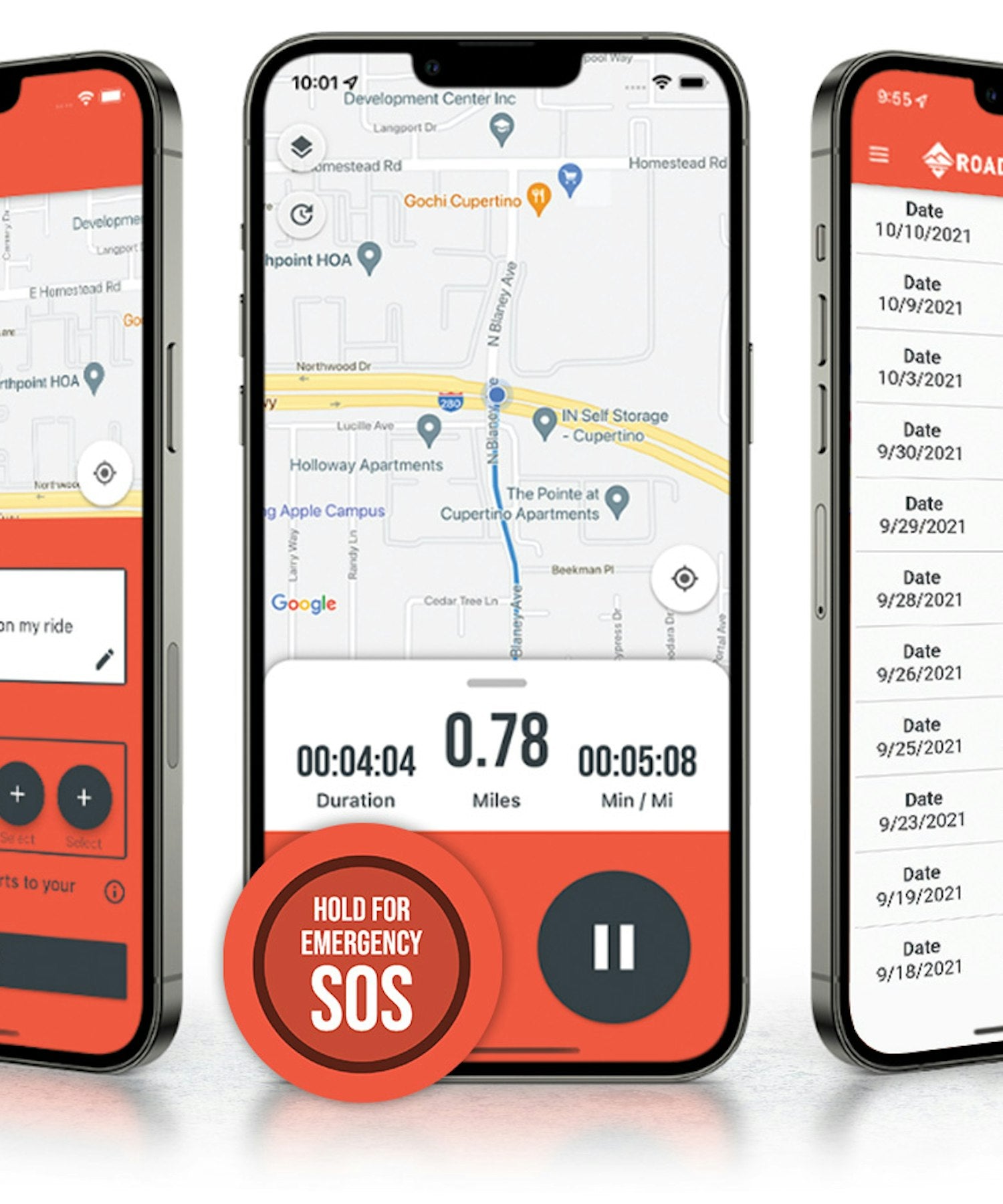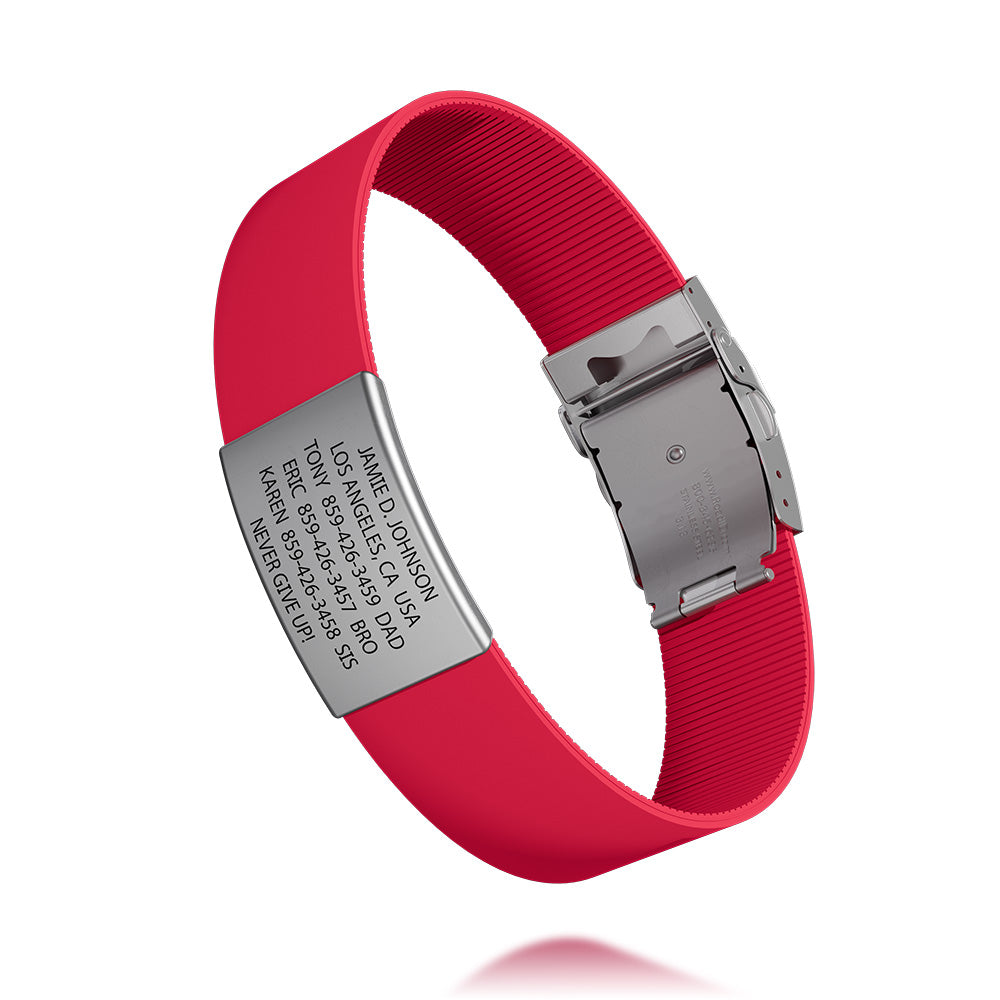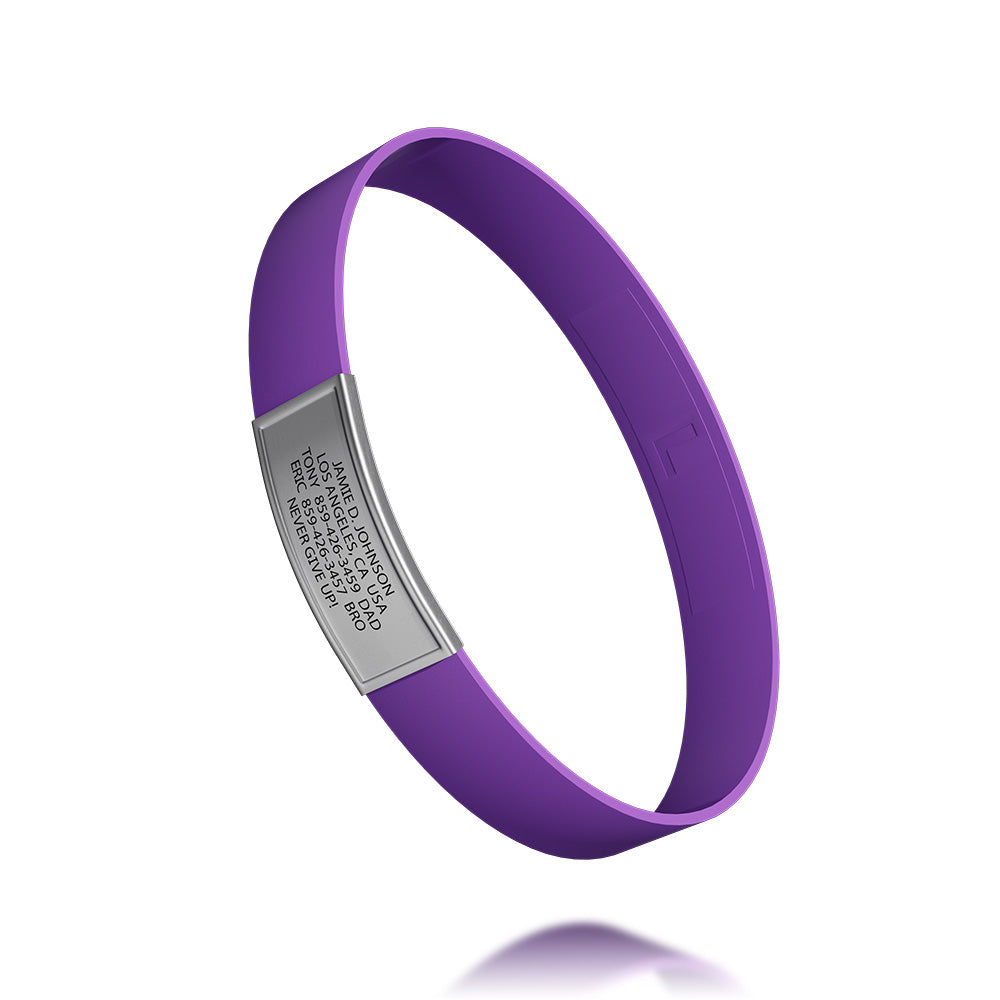
What is mountain running? Does it mean running mountain trails? Is it a high-elevation race? Will a bear be chasing you?
These are the important questions that we will be answering today.
First, there are (hopefully) no bears involved in mountain running. Second, while mountain running can indeed take place in the mountains, it doesn’t need to happen in such a setting.
Confused yet?
If so, fret not. Today, we will cover:
- What is mountain running?
- Tips for mountain running
- Mountain running techniques
- Important equipment to have for mountain running
On that note, let’s get our feet under us and gain a firm foundation on the topic.
What Is Mountain Running?
Mountain running, at its core, is simply a run or race that has a significant incremental elevation increase as a central feature. While many mountain running races do happen on trails in mountains, mountains are not even necessary for mountain running.
Go figure.
As long as there is an elevation increase, mountain running can take place on sandy beaches, paved or unpaved dirt roads, gravel paths and practically any other sort of topography. That said, more often than not, mountain running will take place on rugged mountainous terrain.
Part of the reason that this form of running is so popular is that there are a variety of benefits to high altitude training, which can certainly include mountain running.
Mountain running will usually begin and end at pre-defined points like roads, basecamps, lodging facilities and the like and tend not to require staying in the mountains overnight. Additionally, mountain running can be part of an organized event or merely a personal outing with friends or by one’s lonesome.

Regardless, if your mountain running session will indeed take place in the mountains, then it is important to possess skills such as:
- Navigation
- Route-finding
- Situational awareness
- First aid
- Survival
- Knowledge about the weather
- Basic climbing skills
In addition to the aforementioned skills, you will also need some basic, lightweight running and mountaineering equipment, such as crampons or an ice ax. The gear you purchase will depend on the length, difficulty and conditions of the run you will be doing. However, since mountain running is not usually a multi-day endeavor, most mountaineering equipment will be irrelevant.
Most of the skills and equipment you will need are just for general safety purposes. On that note, if you are going to go mountain running and you live with an allergy or medical condition, it is necessary to wear a comfortable medical ID bracelet in case anything happens to you.
With that covered, let’s take a look at some mountain running tips and how to get ready for such an undertaking.

Mountain Running Tips
Just as with getting into hiking or hitting the gym for the first time, there are some general guidelines that will help to make your experience more successful and enjoyable. For mountain running, those tips include:
Measure Your Progress Appropriately
When getting into mountain running, you should focus more on time than mileage. The reason for this is that the distance covered will vary quite a bit based on the altitude, terrain, weather and a myriad of other factors.
If you end up focusing on distance alone, you could end up discouraging yourself without understanding the full picture.
Pick Up a Heart Rate Monitor
Along with measuring your progress in the right way, a heart rate monitor is a fantastic tool for determining how hard you are pushing during mountain running.
Therefore, picking up a heart rate monitor is a great idea for tracking the intensity of your workout. Alternatively, if you have an Apple Watch, you can use that instead.
Additionally, if you have this device and don’t want to add more accessories in the form of medical alert jewelry, then a minimalist Apple Watch bracelet plate is an excellent alternative.
Be Respectful
When you go mountain running, it is important to be respectful of the environment and others who may be in your vicinity. Therefore, don’t leave any trash like water bottles or protein bar wrappers behind, don’t hog the trail for those who are trying to pass and just be polite in general.

Engage in Strength Training
Because of the strain the changing terrain will put on your muscles, it is critical to engage in strength training and to put in a considerable amount of work to strengthen your core.
Building your core strength will help you to improve your balance, thereby making unstable terrain less treacherous.
Therefore, you will want to focus on compound movements and anti-rotation exercises.
Selecting a Mountain Running Route
Where you live will have a considerable impact on where and how often you will be able to mountain run. For instance, if you live in an incredibly flat state like Florida, then mountain running is likely to be a bit more challenging to do.
That said, when you are looking at going mountain running, there are various factors that you will need to take into consideration, such as:
- Time to and from the destination
- Length of the route
- Ease of navigation
- Difficulty
- Necessary gear
- Accessibility
- Your personal skill levels
- Weather conditions
- Terrain
- Level of foot traffic on the trail
Additionally, if at all possible, it is wise to go mountain running with a friend or an acquaintance who is already into the sport. The primary reason for this is safety, but going out with someone who is more experienced will let you focus more on enjoying the run, while picking up tips along the way.

Mountain Running Preparation
Once you feel physically ready to go mountain running and have chosen your trail or route, the last thing you will have to do is some morning-of preparations.
This includes things like:
- Fueling up with food
- Ensuring you are well-hydrated
- Warming up your muscles
- Double-checking weather conditions
In terms of what you will eat in the morning, this will have a lot to do with how long you will be running, your nutritional needs, time of day and similar factors. Additionally, you will want to make sure that you allow at least one to two hours between your meal and your run. Otherwise, you could end up suffering from some digestive discomfort and issues like cramping, nausea, reflux or worse.
Where hydration is concerned, while water is certainly something that you will need beforehand and on your run, don’t forget to get some electrolytes in as well. This could be done through food or by mixing your water with a sugar-free electrolyte powder.
Mountain Running Form and Technique
Assuming that you head into the mountains to go mountain running, you are likely going to be running on lots of unpredictable, uneven surfaces. Thus, you will need to employ some specific running techniques that will differ from those used on paved surfaces. Additionally, such techniques will be critical when encountering inclines and declines.
That said, some general mountain running techniques to integrate into your sessions include:
- Shorten your stride: While it may be fine to have a long stride while running on paved, predictable surfaces, you are going to want to shorten your stride when out in the mountains. Doing this will help to better maintain your footing and balance.
- Don’t stare at your feet: Instead of looking down at your feet to see where you are stepping, keep your eyes on the road ahead. By looking approximately 10 to 15 feet in front of you, you will be able to anticipate upcoming obstacles and shift as needed.
- Put your arms to work: Your arms are essential when running as they help to provide momentum and balance. By winging your elbows out to the sides a bit, you can increase your balance, particularly when descending.
Overall, the methods used for mountain running are going to be very similar to trail running forms and techniques. If you are brand new, it is advisable to build your technique using these systems.
On that note, let’s take a look at some of the gear you will likely be needing for your adventure.
Mountain Running Equipment
Again, the specific gear and equipment you bring mountain running will vary depending on various factors about the run and your experience level.
That said, some general mountain running equipment that is necessary for all runners includes:

Trail Running Shoes
While you might have a pair of road running shoes, those aren’t designed to grip rocks, dirt, mud and other kinds of landscape you are likely to encounter while mountain running. Therefore, it is wise to pick up a pair of trail running shoes.
Trail running shoes have considerably more traction than road running shoes, often featuring tacky rubber, toothy lugs and similar design implementation that will help you keep your feet under you.
Additionally, trail running shoes tend to have more protection as well, integrating features like thicker sidewalls, rock-blocking plates, hard rubber toe bumpers and similar aspects.
When looking at different trail running shoes, try to pick out something that is lightweight and breathable but still provides a good degree of protection.
Long Wool Socks
When mountain running, you are going to end up kicking up small pebbles, dirt and other bits of debris that can get into shorter socks and cause irritation.
Therefore, you will want to wear socks that (at a minimum) cover your ankle bone completely, though long socks are advisable.
Additionally, wearing wool socks can help deal with changing mountain weather and help to regulate the temperature of your feet. Thus, getting a good pair of wool socks seems prudent.
Shoe Gaiters
While not a necessity, using shoe gaiters can be extremely helpful while mountain running as they will help to keep dirt and debris from getting in between your shoes and socks.

A Jacket
The weather of a mountain can change considerably as you climb higher and thunderstorms can appear rather suddenly. Therefore, it is wise to always bring a lightweight, waterproof jacket with you.
There are tons of lightweight jackets on the market that weigh next to nothing and pack down quite small, so feel free to pick one that fits your preferences.
A Hat and Gloves
As you would when going for a hike, it is important to bring a hat that will help to shield your head and face from the sharp mountain sun. The style of hat you choose is up to you. Just make sure that it is lightweight and provides adequate protection.
At the same time, you will want to pack a light pair of gloves for the same reason that you packed a jacket. However, you might want to pick up a pair of gloves that offers a bit more protection as your hands might scrape along mountainsides or tree trunks when rounding corners or gaining your footing.
Sunglasses and Sunscreen
Always bring sunglasses to make sure that you look cool while mountain running.
In all seriousness, a good pair of UV sunglasses will help to safeguard your eyes from harmful sun rays.
You will also want to pack some sunscreen to protect any exposed patches of skin that your hat, glasses and gloves fail to cover.
A Hydration Pack or Bladder
There are a multitude of ways to carry water while mountain running. However, a dedicated hydration pack or water bladder that can fit in a lightweight hiking backpack is likely to be the best option.
Not only are these choices going to be more convenient and hold more water than a bulky water bottle, but they will bounce around less and generally be less annoying and cumbersome.

A Foundation for Mountain Running
Mountain hiking can be an extremely beneficial way to train or get into better shape. No matter your goals, getting out and doing some high altitude running is likely going to make you a stronger, healthier, happier person.
Use the information here as a foundation for your mountain running aspirations and to get out there and start gaining some experience.
Image Credits:
Labib Retroman/Shutterstock.com
Mikolaj Niemczewski/Shutterstock.com
Blue Planet Studio/Shutterstock.com
Boule/Shutterstock.com
Harry Beugelink/Shutterstock.com
Ljupco Smokovski/Shutterstock.com
Eric Gevaert/Shutterstock.com
PanicAttack/Shutterstock.com
Giorgio1978/Shutterstock.com
Andre Gie/Shutterstock.com
lzf/Shutterstock.com
Jacob Lund/Shutterstock.com



